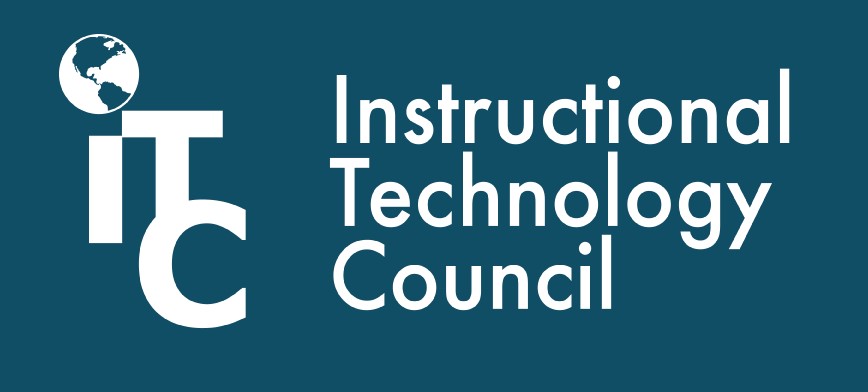The pandemic elevated instructional design to perhaps the most sought-after skill in higher education as colleges struggled to put vast numbers of courses online quickly. Instructional designers, however, are a limited commodity at many colleges, and faculty often lack the skills to put their content online in engaging, accessible and inclusive ways.
This article is part of a biweekly series provided by the Instructional Technology Council, an affiliated council of the American Association of Community Colleges.
One solution to fill the instructional design gap highlighted during the pandemic is to ensure faculty have the skills to be self-sufficient designers and to perhaps even mentor other faculty members. But, how is this accomplished when faculty already have so much on their plates?
The model

Just as the pandemic arrived, Pima Community College’s online arm, PimaOnline, launched a new initiative to upskill the instructional design skills of faculty members. The Associate Instructional Designer (A-ID) Academy offers a professional development opportunity for select faculty members who are active online educators to take a year off from their primary workload to engage as an instructional designer within the Center for Learning Technology (CLT – PimaOnline’s instructional design hub). New A-IDs are partnered with experienced staff instructional designers to more deeply learn the tools of the trade through various workshops, certificate training, job shadowing and hands-on work building online courses.
The training
A-IDs engage in training around four primary areas. First, they earn a certificate in instructional design from a credible institution or consortium during the fall semester (certificate programs used include the OLC Instructional Designer Certificate and the University of Illinois MasterTrack Certificate in Instructional Design). Second,they do a deep dive into learning the educational technology tools utilized in PimaOnline. Third, they review and refine project management skills; and fourth, they actively engage with the CLT team, learning workflow processes, practices and ultimately serving as lead instructional designer on a course design project assigned to them in the spring semester.
Compensation
Faculty apply for the opportunity each year and are selected after a competitive search process. New A-IDs (one to three annually) agree to take nine to 12 credits of reassign time (both fall and spring semesters) for the role. They are also compensated hourly for any time engaged in training during the summer off-contract period.
At PCC, partial funding for the first cohort of A-IDs was provided through a Brown Foundation grant. After that, PCC assumed the costs to cover the teaching loads of those selected and to pay for formal training.
Reflections
A-IDs who completed the academy say they appreciate being able to upskill in a growing professional field while remaining fully employed. They report learning pedagogical solutions for a variety of subjects that enrich their teaching. They also report learning new skills that allowed them to support their academic divisions and the college (some A-IDs are contracted for course design projects with the CLT, post-academy).
PimaOnline recently recruited its fourth cohort of A-IDs. To date, nine faculty members have successfully completed the academy since fall 2020. Academy outcomes include:
- Completion of nine online master courses (and 25 more courses post-academy).
- Ability to extend instructional design expertise into academic disciplines, including applied disciplines.
- Diversification of instructional design staff (mutually beneficial relationships between staff instructional designers and faculty A-IDs).
Advice
For those interested in developing a similar model, consider the following:
- Get institutional buy-in (convince key leaders that it is important and possible).
- Find resources from community stakeholders (grants, community foundations).
- Identify institutional resources.
- Start small. Even by starting with one faculty member per year, that person’s learning will likely extend positively into their discipline, creating a web of impact as you bring on faculty from various disciplines in future years.
For more information, contact Jan Kempster: jkempster@pima.edu





